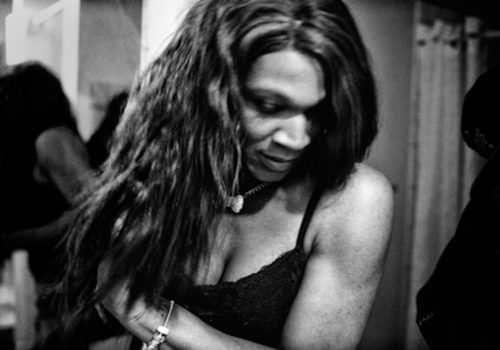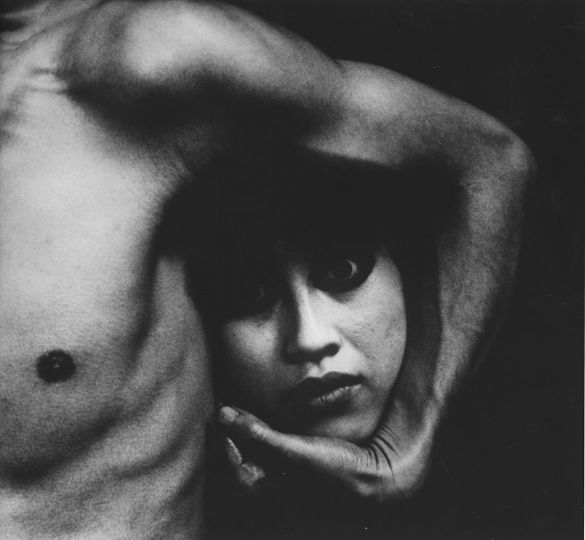The number of homeless individuals on the streets of New York City has nearly doubled over the past decade. From 30.000 in 2002 to more than 50.000 homeless individuals on any given night in New York City today. One of the growing trends that stand out, is the rise in homelessness amongst the lesbian, gay, bisexual and transgender youth. As LGBT youths come out earlier than ever before (the average is 17 years old), and the social acceptance towards the LGBT population is on the rise, more and more of them are facing parental rejection.
According to a web-based survey by the Williams Institute at UCLA, nearly all shelter agencies report wor- king with homeless and runaway youth who identify as LGBT: An increase of 14 percent compared to 10 years ago. While less than half of the agencies said that they served trans- gender clients ten years ago, more than three-quarters of agencies indicate that they have worked with transgen- der youth in the past year, according to the study. At the same time, shelters in New York City dedicated to LGBT youth, report that they are seeing a steep increase in clients who identify as LGBT. Many of them have fled pa- rental abuse, or have simply been rejected by their parents after coming-out to them, thus reverberating the findings of the study.
Some of them are staying in a shelter on the West side of Manhattan. They talk of abuse and rejection by their families, leaving them with the option of trying to find a temporary bed in some of New York City’s shelters.
Stephen, 19, from Long Island, has been homeless since he was kicked out by his father after coming-out to him in april of 2013: ”I sat at T.G.I. Fridays with my dad. And I just said it in the middle of dinner. I wasn’t going to say it, but then I did anyways: ”Dad, there’s something I need to tell you: ”I’m gay.” ”My dad just sat there, and put his hands on his head, then he walked out. He didn’t talk to me. He emailed me later, and wrote me that he wasn’t paying for college anymore. ”You’re not allowed to come home,” it said. ”I walked from Westbury, Long Island to Manhattan that night (25 miles),” Stephen says. Statistically, LGBT youth make up no more than 10% of the homeless population segment, yet they might account for a total of 40 percent of ho-meless youth.
According to Professor Gary J. Gates, UCLA, stability is a big predictor in a persons life: ’It’s hard to know the degree to which they are affected, but homelessness can be considered as the ultimate level of disruption in life,’ he says. ’And it is associated with a marked disadvantage on many levels: disruptions in education, difficulty finding employment, and financial hardship.’ But in reality, we don’t know very much about the changes that are occurring at the moment. The research simply hasn’t been done to go beyond asserting, that it i obvious that the trends we are seeing are based on some level of reality,” Gates says.
Jeppe Bøje Nielsen
















